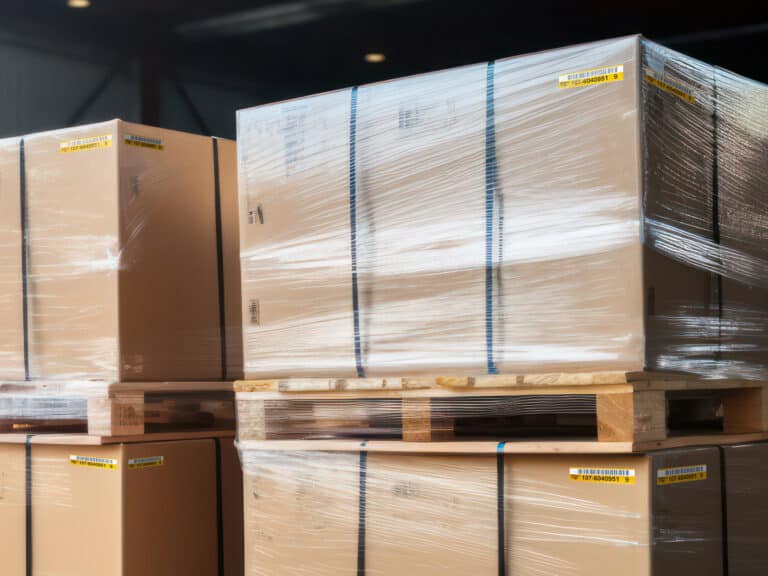At Chicago Tag & Label, sustainability is more than a trend—it’s a commitment to responsible manufacturing. Across our facility and processes, we’ve implemented impactful chanPatients worry about getting treatment and proper care for their health conditions, whether that includes management of chronic diseases, undergoing a planned procedure, or being treated for an acute illness or injury. Patients should be able to focus on staying healthy and getting better, without also needing to worry about their safety while in the hands of medical professionals. Unfortunately, this is not always the case, as the Institute of Medicine (IOM) reports that an estimated 44,000 to 98,000 patients in the U.S. die every year from largely preventable causes, such as hospital-acquired infections (HAI), mistakes with drug administration and other medical mistakes.
Strategies the healthcare industry takes to improve patient safety include enforcing strict protocols for processes such as cleaning rooms and equipment, preparing for surgery, and training doctors and staff. Labeling is another crucial component of an overall patient safety plan. Proper labeling on everything from medications and medical devices to patient specimens can reduce errors and improve health outcomes.
Reducing Medication Errors
Errors in medication are the most common cause of death from medical errors, contributing to about 7,000 deaths each year in this country. Reasons can include improper doses, drug interactions and inappropriately prescribed medications. Proper labeling can help alleviate each of these causes, with a possible decrease in deaths by 30 percent with adaption of proper labeling and packaging protocols.
Pharmaceutical companies and pharmacies need to comply with Food and Drug Administration (FDA) regulations. The FDA provides detailed guidance on required labels for all kinds of drugs, such as those for cardiovascular disease, oral contraceptives, and pediatric and geriatric drugs.
Barcodes to Facilitate Specimen Analysis and Surgical Procedures
Misidentification of patient specimens is another critical area in patient safety. It can lead to patients receiving the diagnosis based on someone else’s blood, urine or tissue sample, causing the wrong diagnosis, course of treatment and, possibly, death. Various studies have reported that hospitals using barcodes to label specimens have reduced the risk of error by several times.
Barcodes also have their place in surgeries, potentially making it easier for surgeons and staff to get all surgical tools out of the patient before closing up the surgery wound. Surgeons can do this manually by having an assistant check off each instrument on a checklist as it is removed, but a barcode makes this easier.
Medical Device Labeling to Assist Home Treatment
The FDA also provides guidance to manufacturers for labeling medical devices that are used by patients or caregivers outside of a clinical setting. The purposes of the labels are to allow “the safe and effective use” of medical devices by describing how to operate the device and any relevant safety concerns. By providing information on usage, maintenance and disposal, labels help prevent dangerous mistakes.
Labeling is clearly a critical aspect of patient safety, along with standard procedures such as good hygiene and staff training. Hospitals, pharmaceutical companies and others in the health care industry that ensure that they are using labels properly are likely to see lower rates of accidental patient deaths and disabilities.





